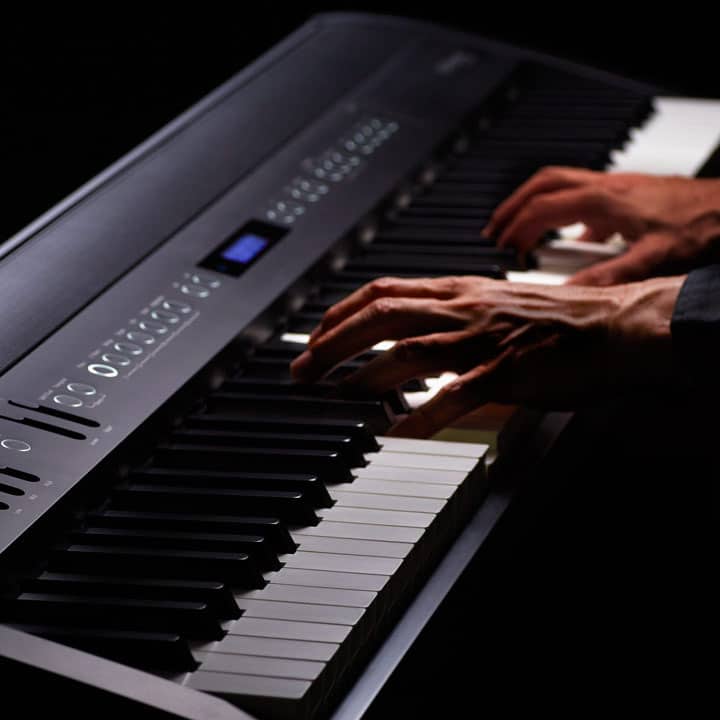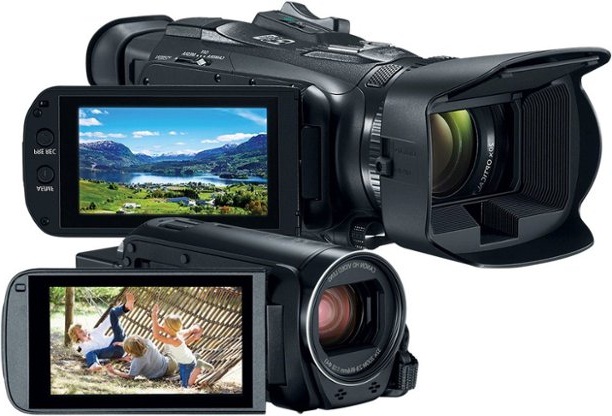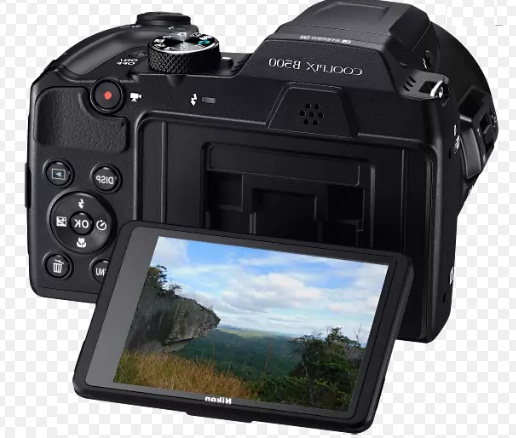Digital cameras can be pricey – but they can also be cheap. Who wants expensive, anyway? Instead of immediately shelling out hundreds of dollars for a newly-launched model, learn to buy on your terms. You just need to pay attention to the features and bargains and you can have your own camera according to what suits you best. Here are some tips on buying cameras.
The physical design of the camera is not everything. Admit it, consumers always fall for the physical aesthetics. Just because a camera is small, sleek and eye-catching, doesn’t mean it will perform well.
” Know your budget. If you are an average photographer with minimal interest in photography, then a $100-199 camera will probably do just fine for you. If you have a passion for photography and are very particular about your shots, then you can have a $200-900 camera. If you consider yourself a professional photographer, then you can spend more than $900 for your camera.
” How many megapixels? The quality of the photos is the number one query of most camera buyers. A 4-megapixel camera is sufficient for average users with a very slim budget.
” What capacity memory card that will work best for you? To get a sense of the capacity you will need, ask yourself some questions about your lifestyle. How often do you take pictures, and how many pictures do you take when you do take pictures? If you take a lot of pictures at a time, then you will want a higher capacity memory card. When and where do you take pictures? If you go on extended vacations then you will want higher capacity as well and you may want to consider back-up memory for your camera.
” Keep yourself in track with sales and promotions. Almost all gadget stores have year-end sales especially when new models are about to come out. You can strike the best deal when you are not rushing to make a purchase.
” When buying discounted digital cameras, set a budget ceiling and stick to it. However, do not compromise quality and warranty for a cheaper deal.
Here are some additional points that you may want to consider:
If you are not a professional, but still want to have latest technology on digital cameras then ask yourself these questions to help you find the right one for you.
Does size matter? The size of the camera is an important factor for most buyers. Almost always, the smaller the camera, the better.
Do you want to achieve best quality photos? Then check out the sensor photo detectors (mega pixels).
Do you want a camera with a good LCD monitor size? It’s always safe to get a camera with an average size of LCD monitor for this gives you a peek to the photos you have taken.
Does the camera feature digital zoom? Does the camera support manual focus?
How often do you take pictures? Do you store photos in your camera? Remember to check the size of the internal and external memory of the camera before buying. If the memory is not enough, you can purchase additional memory sticks or large capacity memory sticks.
Does the camera support USB? A USB connection is the easiest way of transferring or uploading photo files to your computer when your memory is full.
Can you set your own shutter speed? Setting the shutter speed controls the exposure of the picture. You may not be interested in this now but you may be later so this is a good feature to have.
Can you set you own aperture? The aperture setting controls the size of the shutter opening. Like the shutter speed, this is an advanced feature, which you may want to experiment with down the road.
Does your camera have video features? Videos are great fun, and like most functionality, you might find you use it all the time once you have it!
How much does the camera weigh? Look for a camera that is easy to handle and light.
Inject some practicality when spending your money. Hype is not everything. Just because a certain digital camera brand is getting all the attention in the media, does not mean you have to have it. Know what you want and what you need. It only takes a few hours to make a research and comparison of brands. Then you can get a cheaper digital camera brand that can reflect you and your personality.





